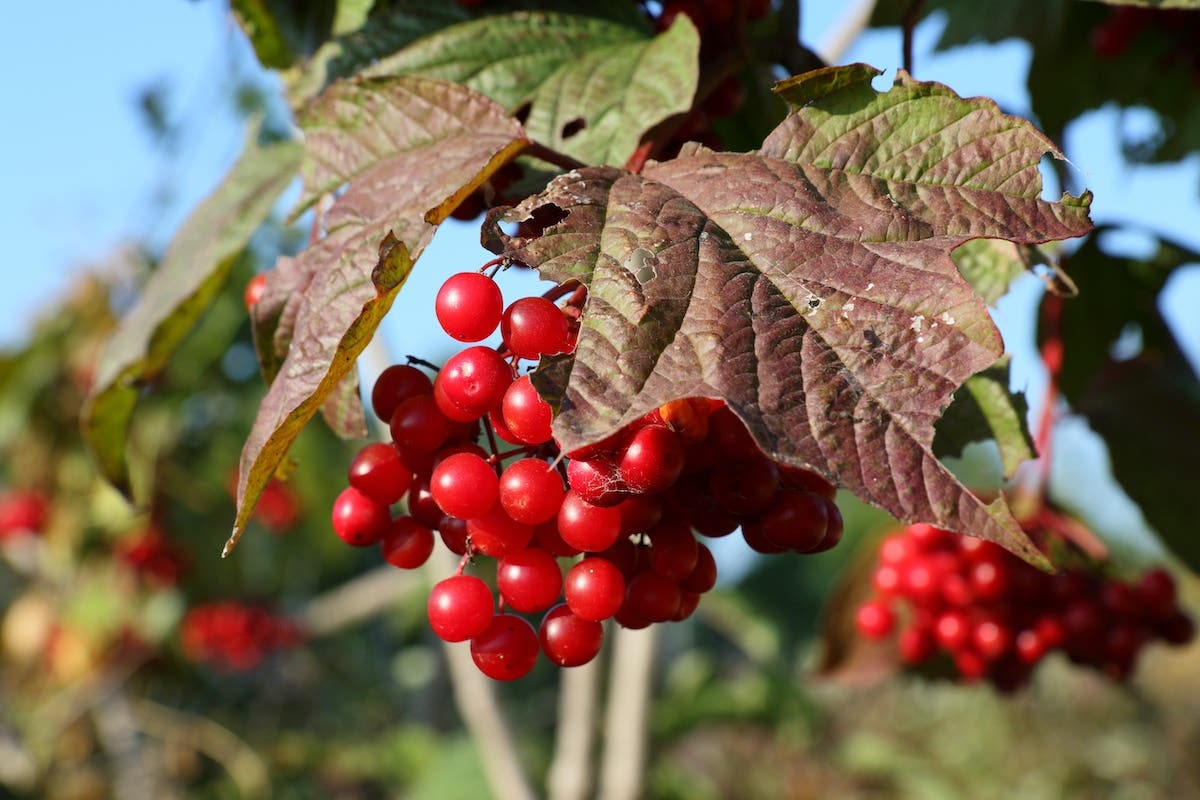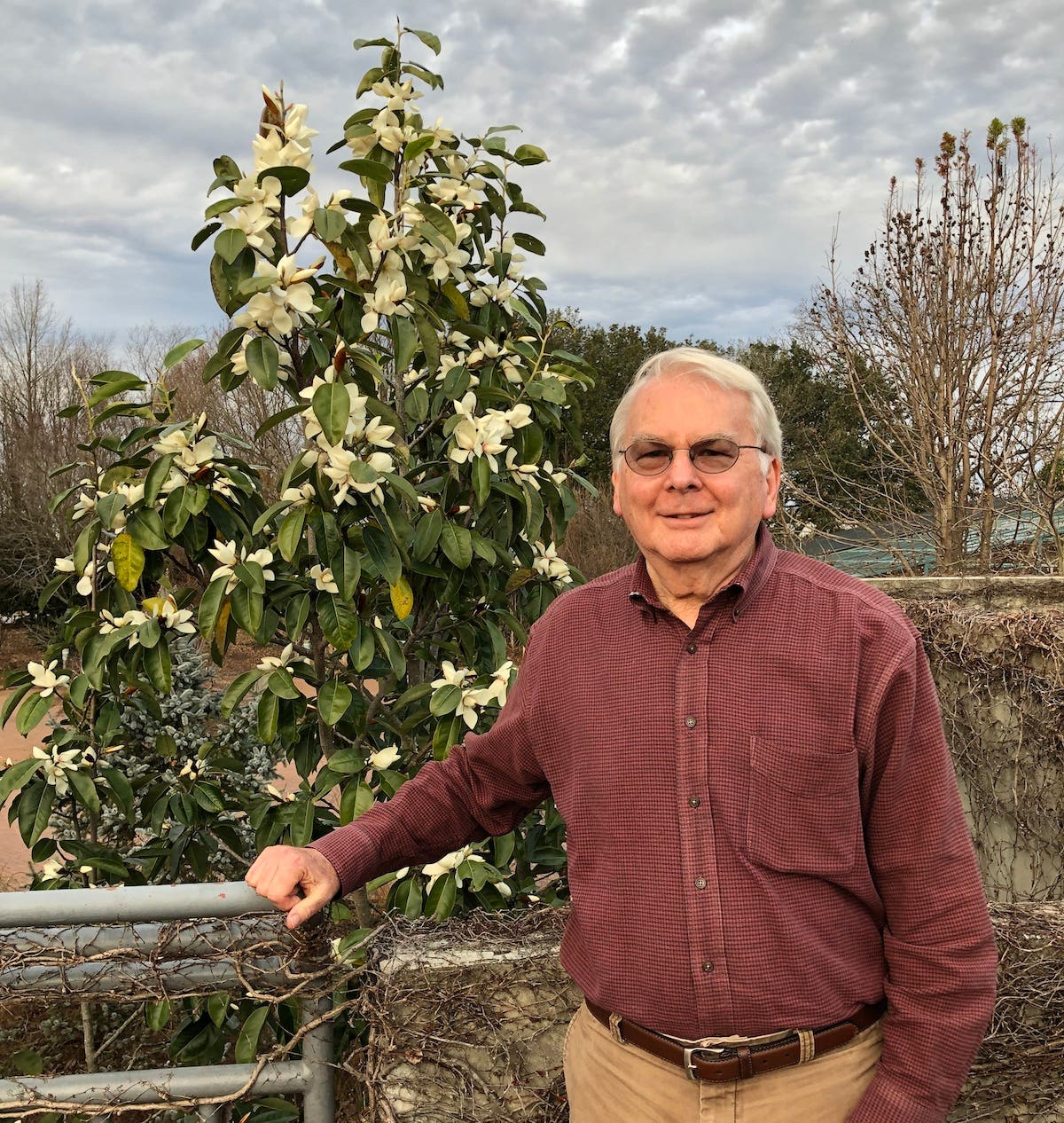Genetically Engineered Food
The genetic engineering of food came upon us very suddenly in 1996; nowadays, about two-thirds of the processed food in U.S. supermarkets contains some genetically engineered ingredient. Many seed sellers and gardeners are becoming concerned about the possible encroachment of genetic engineering on home gardens.
The genetic engineering of food came upon us very suddenly in 1996; nowadays, about two-thirds of the processed food in U.S. supermarkets contains some genetically engineered ingredient. Many seed sellers and gardeners are becoming concerned about the possible encroachment of genetic engineering on home gardens.
Gardeners who are uneasy about genetic engineering of seeds have identified four areas of concern.
First, genetically engineered plants are still awaiting long-term, objective testing. Genetic engineering is not simply an extension of traditional plant breeding or hybridizing techniques. In genetic engineering, the insertion of minuscule packages of genes and viruses into plants results in genetic combinations that could never occur in nature, and may involve unanticipated hazards.
Second, novel characteristics that have been engineered into plants can spread easily, by transfer of pollen. Thus a person growing genetically engineered plants can inadvertently contaminate a neighbor's garden with untested genetically engineered characteristics.
Third, some genetically engineered plants have pesticides inserted into their genes, and the genetic engineering process changes how those chemicals end up in the environment. The most common pesticide used in genetic engineering is Bt, Bacillus thuringiensis. This substance has been used by many backyard gardeners for years, and even farmers with organic certification are permitted to use it. When we spray Bt on plants, it persists for a few days on the leaves and stems and then degrades. When it is engineered into plants, they make Bt in every cell, every day. Even the root hairs are continually discharging minute amounts of Bt into the soil. Preliminary science shows significant changes in soil life as a result of this discharge.
Fourth, gardeners depend on the rich variety of plant life to maintain a healthy garden. When a pest or weather decimates one strain of a plant, there is often another variety that can, sometimes quite literally, take the heat. To maintain ownership and market share, biotech companies need plants that are identical, and this uniformity can spread, by pollen, to plants not intended to be genetically engineered.
The genetic engineering of plants is thus a major force in the spread of monoculture, which ultimately diminishes environmental health and invites social catastrophe as well, since monocultures of food crops are much more vulnerable to devastation from pests or disease. This is one of several reasons why some experts feel that genetically engineered crops are not a remedy for famine, as the genetic engineering industry promises.
Fortunately, a new idea has arisen to help gardeners make informed choices about what they plant. A group of seed companies, working with the country's oldest independent biotechnology monitoring organization, have pledged to not knowingly sell genetically engineered seeds. So far, over 90 seed companies have signed onto the Safe Seed Pledge and put a notice in their catalogs.
Since most seed packets do not offer information about genetic engineering, gardeners should look for the pledge in their seed catalogs. For an up-to-date listing of seed companies that have signed the pledge, gardeners can check with the Council for Responsible Genetics
The Safe Seed Pledge
Agriculture and seeds provide the basis upon which our lives depend. We must protect this foundation as a safe and genetically stable source for future generations. For the benefit of all farmers, gardeners and consumers who want an alternative, We pledge that we do not knowingly buy or sell genetically engineered seeds or plants.
The mechanical transfer of genetic material outside of natural reproductive methods and between genera, families or kingdoms, poses great biological risks as well as economic, political, and cultural threats. We feel that genetically engineered varieties have been insufficiently tested prior to public release. More research and testing are necessary to further assess the potential risks of genetically engineered seeds. Further, we wish to support agricultural progress that leads to healthier soils, genetically diverse agricultural ecosystems and ultimately people and communities.







